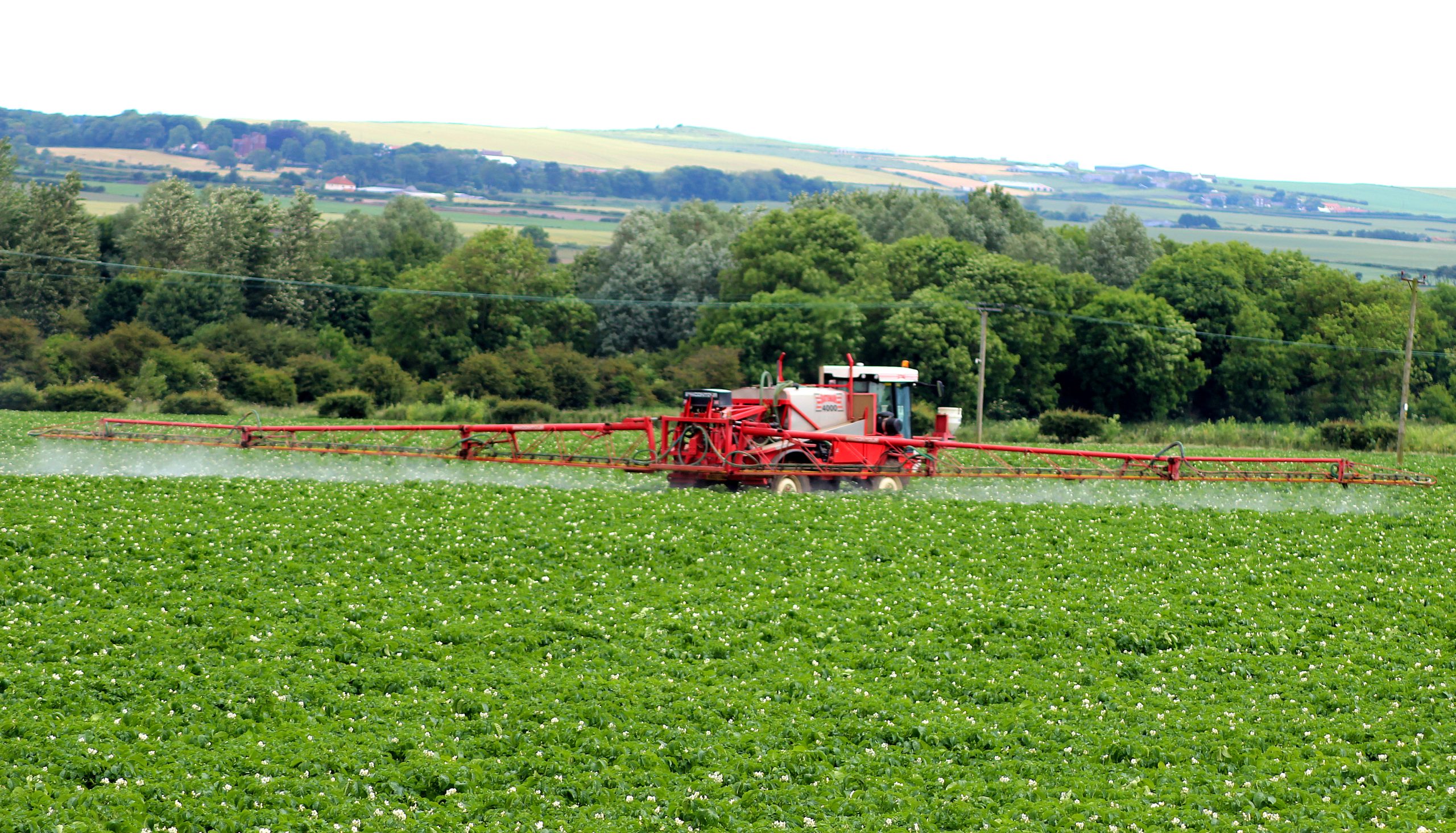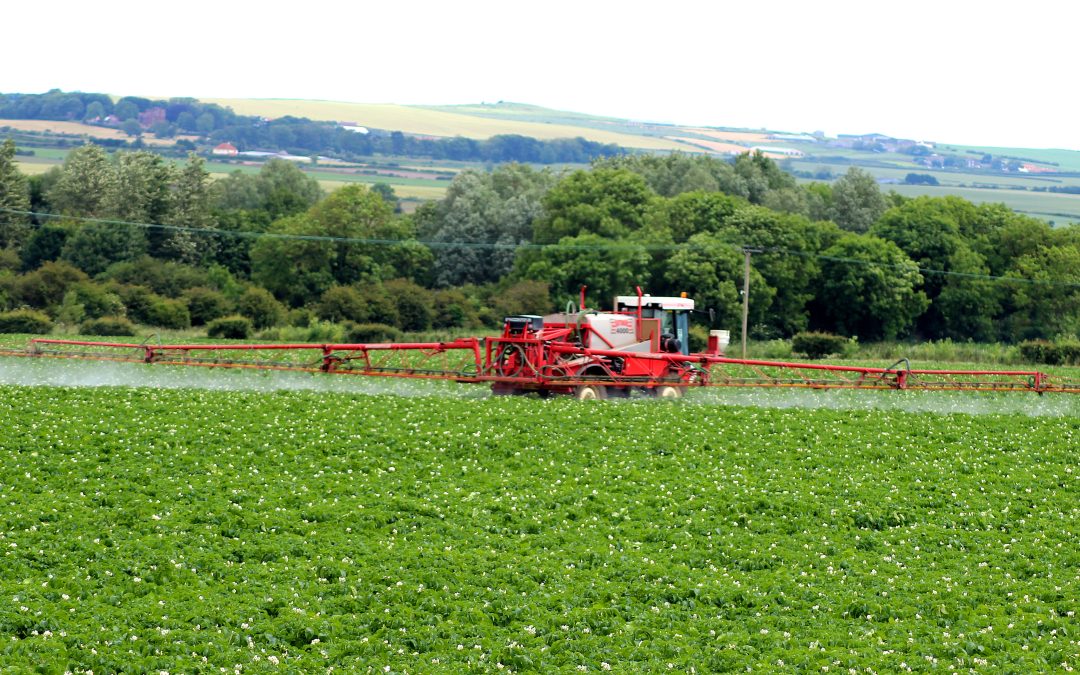Maintaining or improving profit margins from high value field crops such as potatoes, carrots, brassicas, leeks or onions – while minimising risk – is an annual challenge.
The right foliar applications at the right time to supplement soil applied fertilisers are crucial in maximising marketable yield. As part of the overall cultivation regime, the ultimate aim of any foliar crop programme is to maximise the net profit per hectare for the grower, while minimising the risks of production as far as weather and market conditions allow.
In addition to carbon, hydrogen and oxygen, crops need 14 nutrients to sustain growth in differing and changing amounts throughout the lifecycle of the crop.
To achieve this means that it is imperative not only to know the soil type, irrigation regime, variety and seed rate but also the intended use and quality requirements for that crop in order to maximise marketable yield and price.
The resulting crop nutrition and biostimulant programme needs to combine conventional fertiliser applications (solid or liquid, placed or broadcast) with a foliar regime specific to, and tailored for, all these individual needs for each and every field and crop. It is imperative that the complete nutritional status of the crop and the supply (availability) capability of the field at all growth stages for all nutrients is known before recommending or applying any nutrients.
Standard soil and tissue analyses are insufficient to achieve this, which is why we developed our advanced computerised soil & tissue analysis system, OptiYield. The foliar programme cannot just rely upon a generic “XYZ veg mix” as this will often do more harm than good.
Applications need to be tailored to each crop and field micronutrients in particular are very sensitive to overdose or under dose. Furthermore, not only is every season, field and soil different, the nutritional needs of the crop change as the crop develops and transforms through all the different stages of growth.
Just as with agrochemicals, formulation of foliar products is critical as foliar nutrients need to:
- penetrate the leaf surface (e.g. correct wetters, surfactants)
- then translocate (move) from the leaf to the growing points in the roots, shoots or storage organs.
The vast majority of foliar products on the market today fail to translocate to the places they are needed in the plant in any meaningful way – and thus provide no lasting benefit beyond a transitory “greening” effect.
Foliar nutrients must be exactly timed and, if correctly formulated, are significantly more efficient than soil applications for most nutrients, especially where many soils ‘lock up’ applied nutrients.
For example, phosphate applied to soil is immobile and poorly soluble – so the roots have to go off and find it. Furthermore, Phosphate increasingly becomes less available with time. It reacts with other soil minerals to produce insoluble compounds, especially in acid or alkaline conditions. Typically, in any given season, less than 10% of soil applied Phosphate is actually available to, and used by, the crop.
On the other hand correctly formulated foliar Phosphate fertilisers are rapidly taken up and, with close to 100% ab- sorption, may be more than 20 times more efficient than soil applied Phosphate.
Significant efficiencies of timing and uptake can also be achieved with all the other nutrients.
Biostimulants
According to the European Biostimulant Industry Council (EBIC) their plant biostimulant definition is:
“Plant biostimulants contain substance(s) and/or micro-organisms whose function when applied to plants or the rhizosphere is to stimulate natural processes to enhance/benefit nutrient uptake, nutrient efficiency, tolerance to abiotic stress, and crop quality.”
The use of specific biostimulants, appropriate to the crop and growth stage, are highly effective in combination with foliar nutrient programmes in reducing crop stress (e.g. to heat, cold, wet), improving germination, emergence, vigour, rooting and disease resistance.
Over the past 8 years our independent crop trials have consistently shown the benefit of using appropriate biostimulants in combination with nutrient programmes – but only where these are developed specifically for each crop & soil using the OptiYield system.
ERL is investing in significant research programmes with major Universities, Research Institutes and other partners through programmes like NASPA and POSTCOVA in developing new biostimulant compounds and continually improving the OptiYield system.


